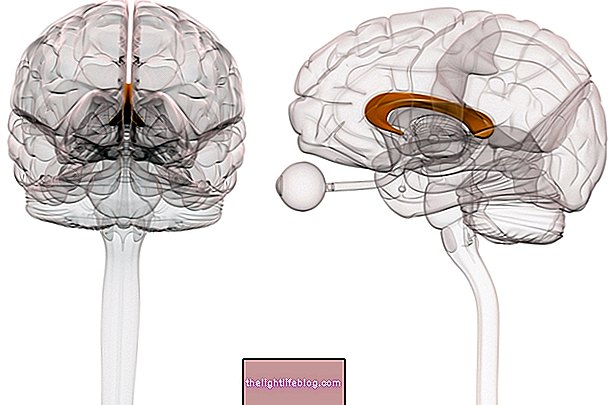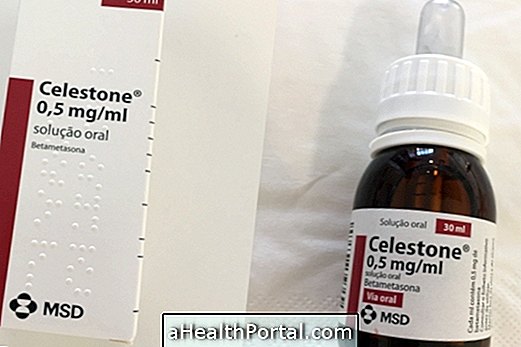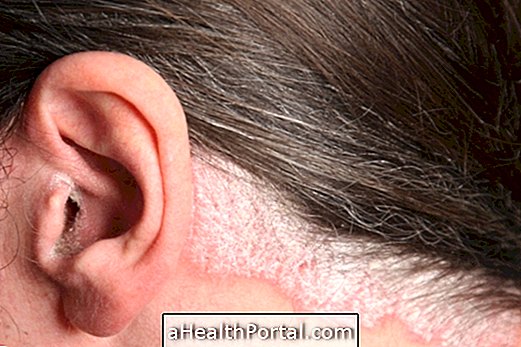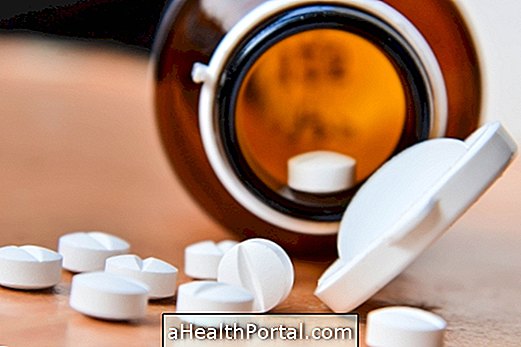Green urine is not a serious condition and is usually caused by eating food, artificial dyes, medicines, or by using contrast in some kidney exams, such as CT scans.
The color of urine can range from light green or lime green to dark green urine, depending on the amount of dye or food ingested, for example.
See also other common urine changes.
However, in rare cases, green urine may also be caused by health problems, such as pseudomonas urinary tract infection or familial hypercalcemia, so if urine stays green for more than 2 days, it is recommended to go to the emergency room for diagnose the problem and initiate appropriate treatment.
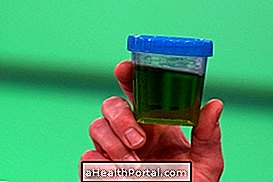

3 Major causes of green urine
The main causes of green urine include:
1. Medicines that leave green urine
Medicines that can make green urine generally are remedies that contain in their composition dyes, the most of which change the color of urine are:
- Amitriptyline;
- Indomethacin;
- Metocarbamol;
- Rinsapine.
Green urine may also appear after surgery, as one of the components of general anesthesia, known as Propofol, can change the color of the urine.
When the patient suspects that green urine is caused by the ingestion of a drug, they should consult their prescribing physician to adjust the dose or change the medication.
2. Foods that leave green urine
The foods that make green urine are especially those that contain artificial colorants, such as confectionary cakes, lollipops or gums, for example. In addition, some green leafy vegetables with lots of chlorophyll, such as asparagus or spinach, can also alter the color of urine.
Thus, when this type of food has been ingested and the urine has changed color there is no reason to be worried, and it is common for the urine to regain its yellow color after 1 day.
3. Tests that leave green urine
Some tests that use contrast, such as a renal tomography or abdominal ultrasonography, can cause the urine to change color, making it green, especially the first time the individual urinates after the examination. Depending on the type of contrast used it is also possible that the urine has other colors, such as blue, red or pink.
What to do in case of green urine
What you should do when you have green urine is to eliminate very green foods or products that may contain food dyes, such as lemon jelly, for example.
If the urine stays green for more than 2 days, it is advised to go to the emergency room or the general practitioner to diagnose the problem and initiate appropriate treatment. In this consultation it is important that the patient take a list of the medicines they are taking because the color of the urine can also be altered by the use of some medications.
Other common urine problems:
- Urine with blood
- Dark urine
- What can cause urine with foam






